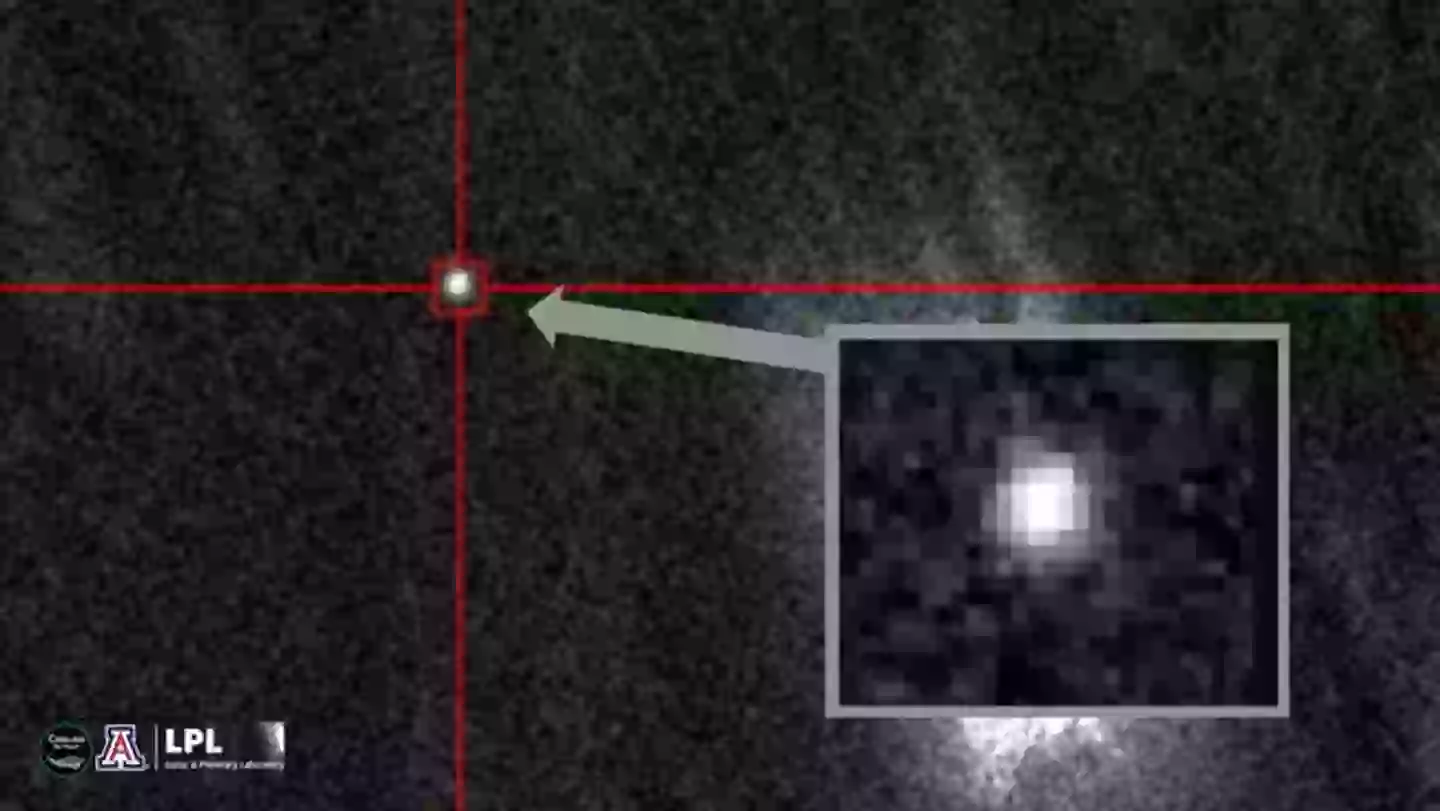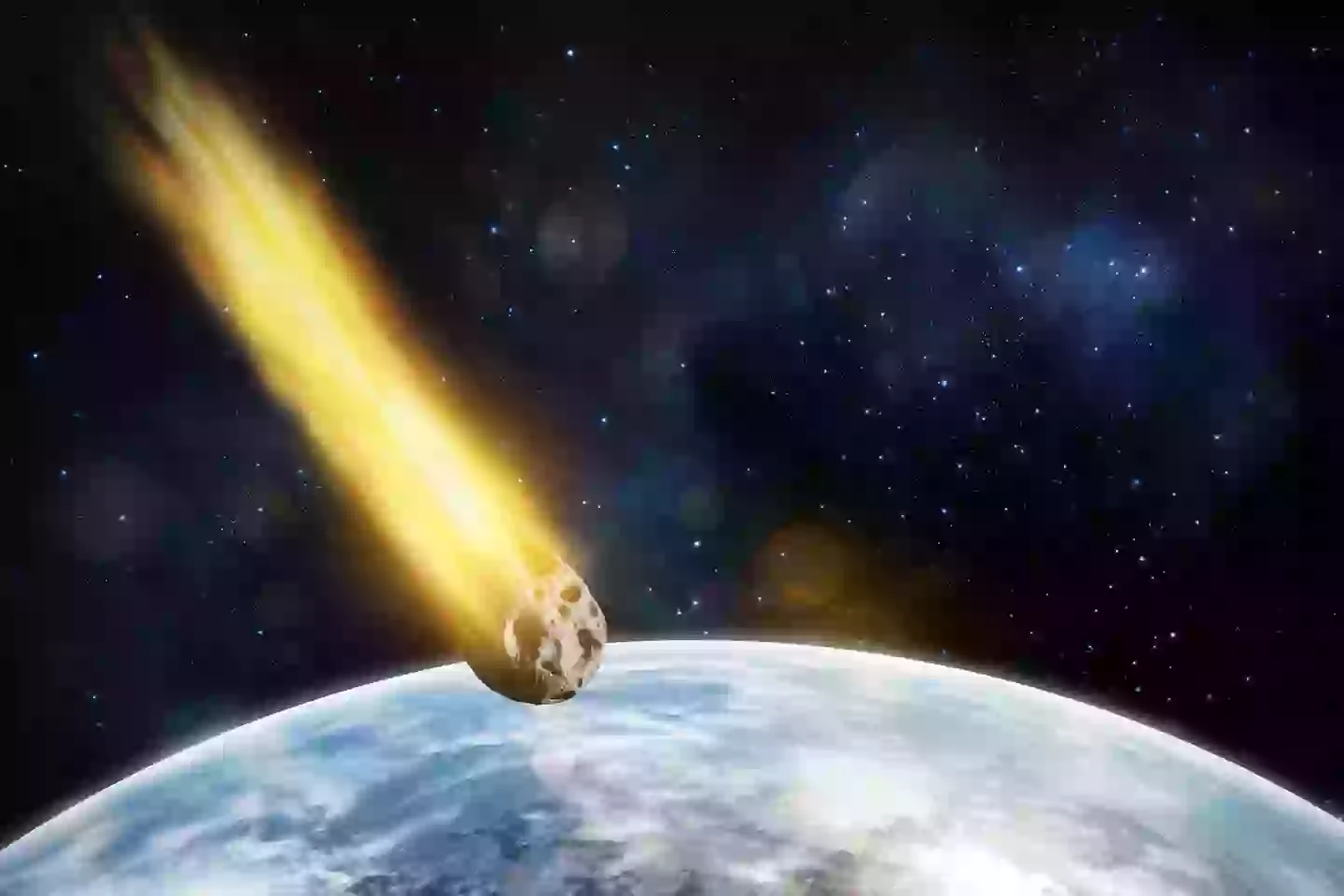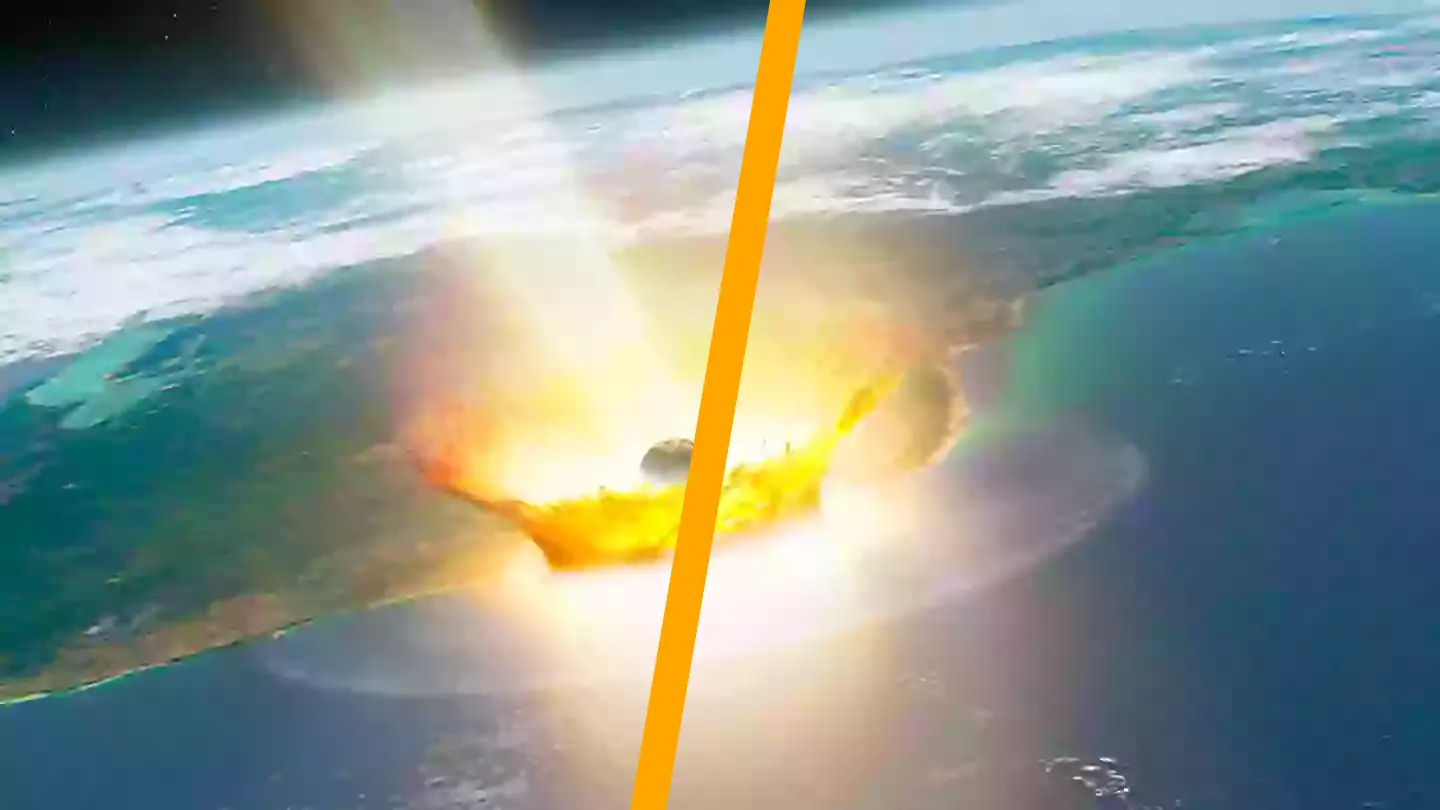Researchers have unveiled images of a potentially ‘city-destroying’ asteroid, along with the precise locations where it might impact Earth.
NASA identified a somewhat alarming asteroid last December, which has been designated as 2024 YR4.
The asteroid was first detected by an automated telescope located in Chile and has since ascended to the top of the impact risk list compiled by both US and European space agencies.
Experts believe this asteroid may collide with Earth on December 22, 2032.

Reports suggest the asteroid could be comparable in size to the Statue of Liberty or Cinderella’s Castle at Walt Disney World Florida. Dr. Robin George Andrews, a scientist, has cautioned that even efforts to shield ourselves from its potential impact might backfire.
He stated that attempting to divert the asteroid by launching rockets at it could trigger catastrophic consequences.
Nonetheless, with a one-in-48 probability, the likelihood of an actual impact remains low.
Despite this, researchers continue to examine the asteroid and have now shared images of its appearance.
The photograph was taken on February 7 of this year using the 8.1-meter Gemini South telescope situated on Cerro Pachón mountain in the Chilean Andes.
According to Space.com, at the time of the image capture, the asteroid was approximately 37 million miles from Earth and 130 million miles from the sun.
NASA Goddard Space Flight Center astronomer Bryce Bolin, who participated in capturing the image, expressed to the outlet: “I find 2024 YT4 to be extremely exciting! Not only because of its notoriety but for the scientific potential of studying such a small asteroid in high detail.
“Only a few asteroids have been studied like this.”
Describing the image acquisition process, he noted: “We took 12 200-second long exposures in the Red band and tracked the motion of the asteroid to obtain these images.”

“The observations were difficult for three reasons. Firstly, the asteroid was faint, requiring the use of large telescopes to observe.”
This challenge arose because 2024 YR4 was visible while the moon was 70 percent illuminated, contributing additional background light and complicating the asteroid’s detection.
Secondly, the asteroid’s speed of 0.26 arcseconds per minute required Bolin and his team to meticulously track it using Gemini South.
This isn’t the first instance of space scientists capturing images of the asteroid, as NASA previously released a glimpse on December 27 of the previous year.
The International Asteroid Warning Network continues to monitor and track the asteroid to assess its potential risk. It will remain visible throughout April.
However, after this period, it will become ‘too faint to observe’ until June 2028.

